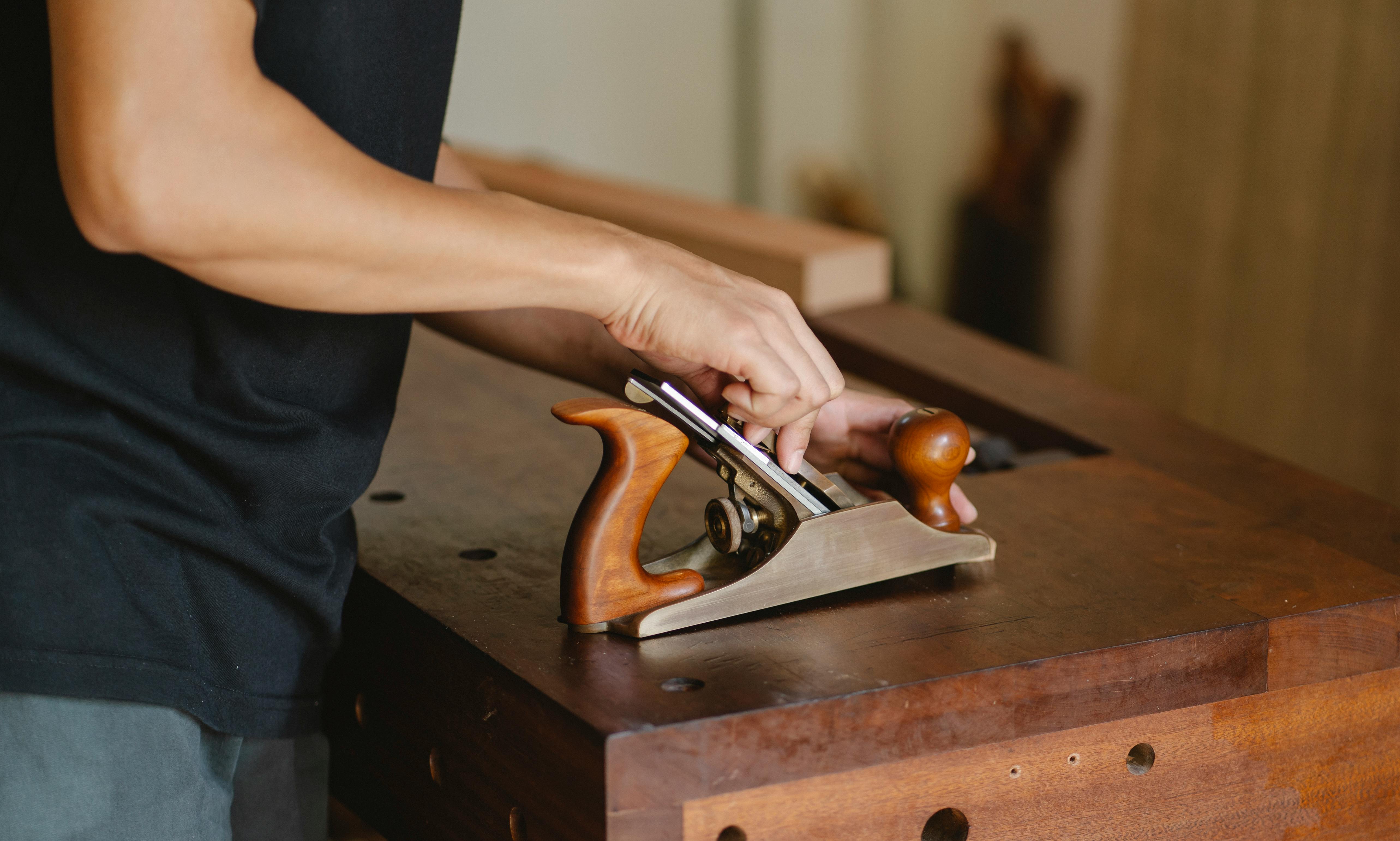Do you know the number one factor that couples cite as crucial to their relationship satisfaction?
That’s right, it’s good communication. There are so many issues that couples can disagree on: money, children, in-laws, work, but whether or not these issues become issues depends on how well you can communicate.
If you have serious communication problems, you may need relationship counseling. But if your relationship works most of the time, but you occasionally find yourself at a dead end when talking to your partner, or if you sometimes find yourself saying, “What can you be thinking?” then your understanding of each other will improve. . another is the key to making your relationship even better.
We often marry people very different from us, and this may be the perfect choice. If we find a partner who excels in the areas we are weak in, that can become a great team. However, problems can arise when trying to understand the thinking of others. Here’s an example:
David and Julie have been married for five years. Most of the time, their marriage works. David tends to be the forward-thinking partner; he is always looking for new investments for the couple or dreaming of a home improvement project. Julie prefers to take care of the details. She’s the one who pays the bills on time and makes sure the couple is prepared to take on all those projects David dreams of. They make a good team, but sometimes Julie gets annoyed that David has his “head in the clouds” all the time. David, on the other hand, feels that sometimes Julie is too involved with the mundane details and is unable to see the “big picture”.
How can we explain the differences of this couple? There is a simple answer: personality type. Julie is a more concrete type; David is more abstract. According to the Myers-Briggs personality type system, which is one of the most widely known and widely used personality theories in the world, Julie is a sensor, while David is an intuitive. Julie trusts what she can see; David trusts ideas. However, this is only one aspect of the personality. There are four scales in total.
o Extrovert/Introvert: Do you get your energy from being around other people or from being alone?
o Sensing/intuitive: do you see what is real or what is possible?
o Thinking/Feeling: Do you make decisions based on logic or on feelings and values?
o Judge/Perceive – Do you like to plan and schedule, or keep your options open?
The four scales combine to make a total of sixteen personality types. Each person’s Type is described by a four-letter abbreviation; ISTJ, for example, or ENFP. The most common combinations for couples are a match for 2 of the four scales; for example, an ESTJ might be married to an ESFP. This means that most couples have important common ground in the way they think and make decisions. It also means that most couples have significant differences.
To find out your personality type and that of your partner, the most accurate way is for both of you to take the official Myers-Briggs type indicator. This is an approximately 45 minute test that has been extensively researched and validated. Your results will tell you and your partner’s four-letter type, and allow you to compare their similarities and differences. Recently, the MBTI is available in an online format that provides same-day results, so you and your partner can do a weekend project to study your personality types.
Once you’ve figured out your and your partner’s Type, you’re ready to see how they interact. Here’s a look at how differences can play out in a relationship:
o Pairing an introvert with an extrovert partner: Often an extrovert can attract an introvert and introduce them to social events they would not normally be interested in. Similarly, an Introvert can help an Extrovert become more focused and self-sufficient. Friction arises when an extrovert wants more social interaction than her introverted partner. The extrovert may need to learn to be okay with going to meetings alone.
o Feeling with Intuition: As we saw in the example of David and Julie, this couple has fundamental differences in the way they think and give importance to different aspects of life. It’s important to focus here on the way these two qualities complement each other in a relationship; both aspects of this scale are necessary for an effective team.
o Thinking with Feeling: This is the only scale with a gender difference, which means that women are more likely to be the feeling type, while men are more likely to think. Balancing this scale can work well if each partner remembers that the other has something important to contribute. In each decision that is made together, both the logic of the situation and the values and feelings of all those involved must be considered. Each partner must keep in mind that no decision should be made only with the head or only with the heart.
o Judging with Perceiving: This difference is most often shown in a simple exclamation: “Why is he (or she) always late!?” An appraisal partner will sometimes view a perception partner as frivolous or unreliable; while the Perceiver may become frustrated that the Judger does not appear to be spontaneous. Again, the value comes from appreciating the difference. A more spontaneous partner can help a Judge remember that not everything has to be planned and decided in advance, and a Perceiver can use a reminder that sometimes things work out better when there is a plan or schedule.
If you’re paired with someone who has a different personality type than you, remember that the most successful couples have significant differences. In fact, ten percent of couples have none of the scales in common. The key is to understand your differences and to remember that your partner’s different point of view is an important contribution to your success as a couple.



